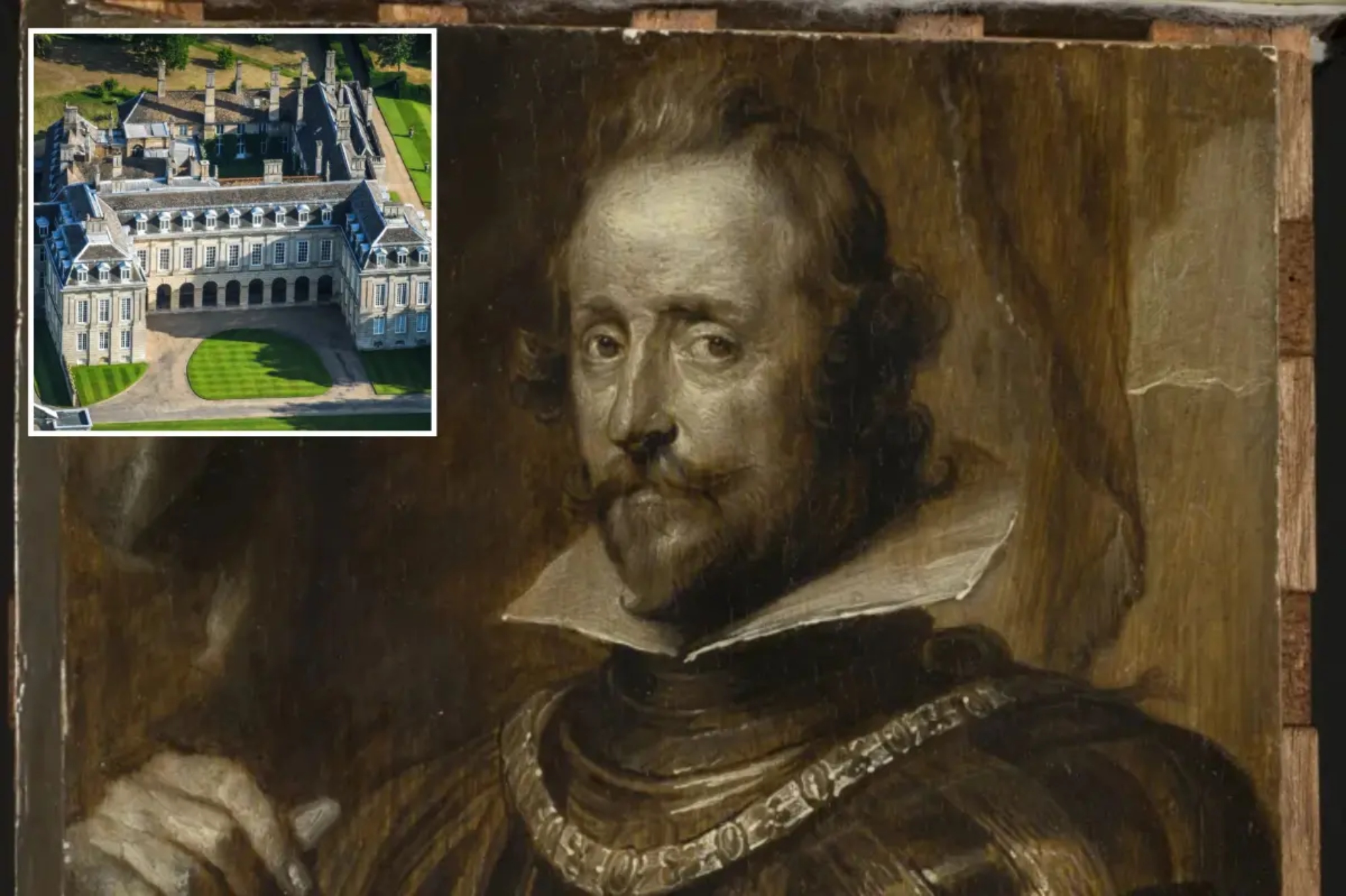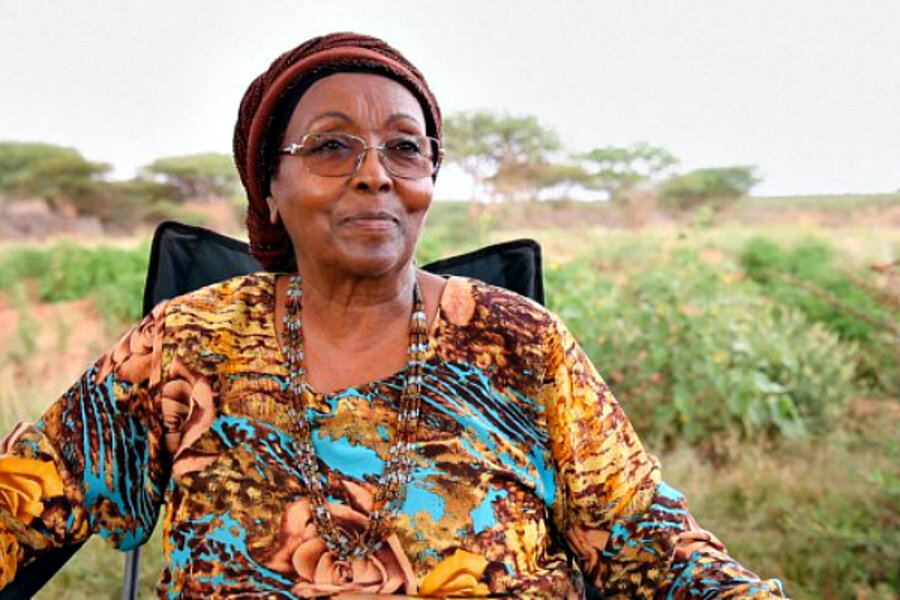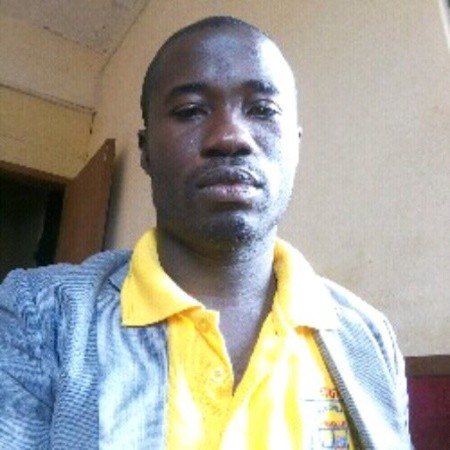An art historian from the University of Exeter has finally solved a 70-year-old mystery surrounding the theft of an original oil sketch by Flemish painter Anthony van Dyck. The painting, Portrait of Wolfgang Wilhelm of Pfalz-Neuburg, was stolen in 1951 from Boughton House, the residence of the Duke of Buccleuch and Queensberry in Northamptonshire.
The artwork was part of a collection of 17th-century oil sketches that had been housed at Boughton House since 1682. This collection was described as “a puzzle missing a central piece.” The theft wasn’t discovered until 1957, when the Duchess of Buccleuch and Queensberry, Mary Montagu Douglas Scott, visited Harvard University’s gallery and saw the painting on display.
Thanks to an investigation by Dr. Meredith Hale, a senior lecturer in Art History and Visual Culture at the University of Exeter, the mystery of how the sketch ended up in the United States has been unraveled. Dr. Hale traced the painting's journey through major figures in the art world, including Christie's auction house in London, using “new archival research” from the UK, US, and Canada.
Dr. Hale revealed that the artwork passed through the hands of auctioneers, dealers, conservators, and collectors as it traveled from London to Toronto. She emphasized that the investigation sheds light not only on the series of events but also on the complexity of Van Dyck’s project and the boldness of the thief, who cloaked themselves in the respectability of the art world’s expertise.
The thief was identified as Leonard Gerald Gwynne Ramsey, editor of The Connoisseur magazine and a Fellow of the Society of Antiquaries. In July 1951, Ramsey visited Boughton House with a photographer to gather material for the journal’s yearbook. Among the items stored at Boughton for safekeeping during the war were 37 wooden panels from Van Dyck’s unfinished iconography project, each depicting a prominent figure from history.
Dr. Hale’s research revealed that Ramsey, in correspondence with art historian Ludwig Goldscheider, confessed that he intended to sell two of the paintings to raise money for new curtains. One of these paintings, Portrait of Wolfgang Wilhelm, was sold anonymously at Christie's in April 1954 for £189.
Dr. Hale traced the painting’s path through an art dealer in New York, then to a second dealer, who sold it for $2,700 to Dr. Lillian Malcove. Dr. Malcove donated it to the Fogg Art Museum at Harvard University. When concerns were raised by the Duchess, correspondence between Ramsey and the museum’s director, Professor John Coolidge, revealed Ramsey's claim that he had purchased the painting from a market in Hemel Hempstead. He also tried to question its authenticity.
Amid growing doubts, the museum returned the painting to Dr. Malcove in 1960. Following her death in 1981, it was donated to the Art Museum at the University of Toronto. Dr. Hale’s research confirmed the painting’s identity, resolving the mystery of its theft.
The University of Toronto’s executive committee voted to return the painting to the Duke of Buccleuch in 2024, 73 years after it was stolen. Dr. Hale commented that without the painting, the Boughton oil sketches were like a puzzle with a missing piece. Its return has restored the integrity of the entire collection.










